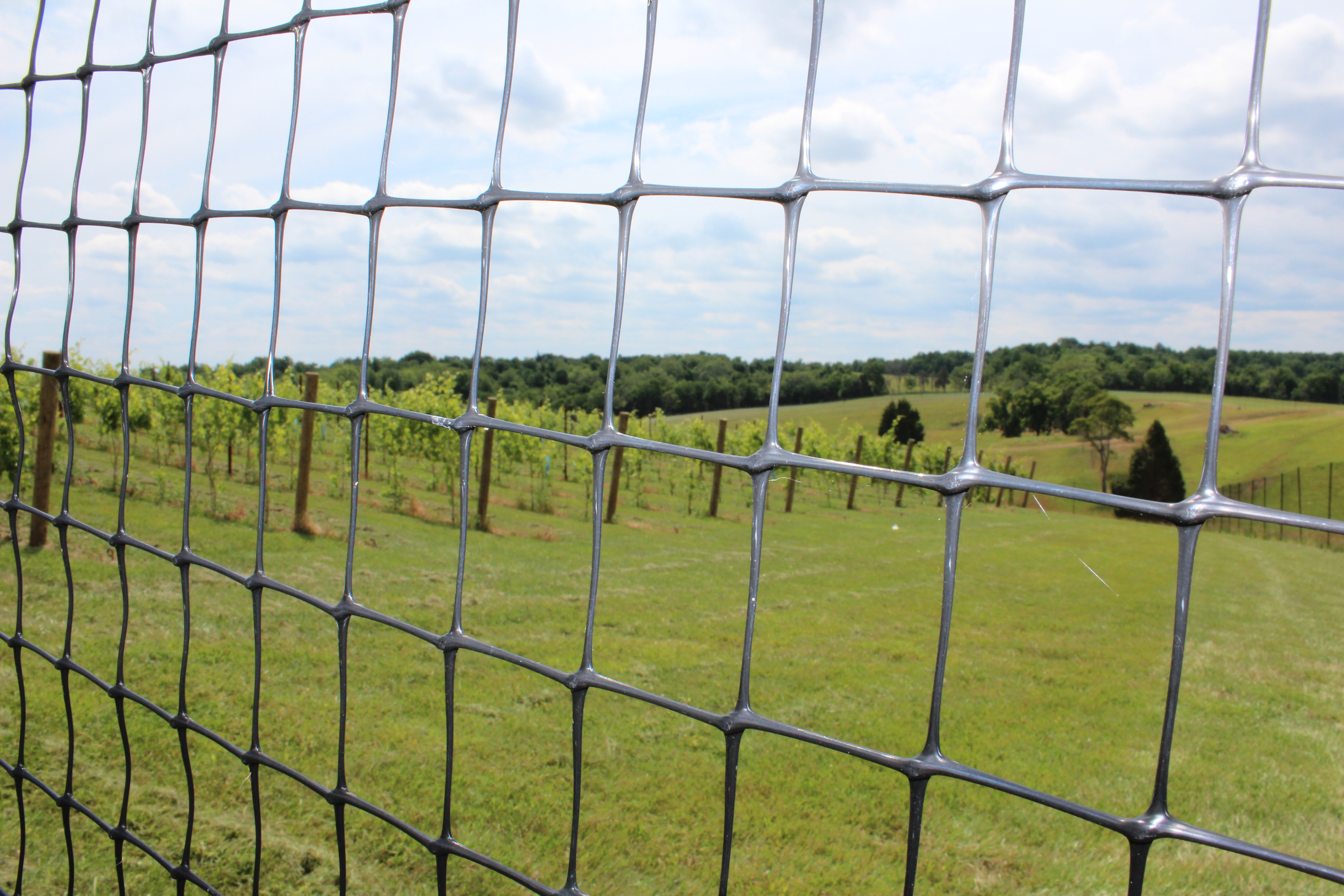At first glance, deer look harmless. Cute, innocent, friendly. They are fascinating animals that make great looking screen savers. But, when you take a closer look, you learn that deer are the most destructive wildlife species to walk the United States.
 During 2001, field crop losses from wildlife in the United States totaled $619 million and losses of vegetables, fruits and nuts totaled $146 million. White-tailed deer accounted for 58% of the field crop damage and 33% of vegetable, fruit and nut damage.
During 2001, field crop losses from wildlife in the United States totaled $619 million and losses of vegetables, fruits and nuts totaled $146 million. White-tailed deer accounted for 58% of the field crop damage and 33% of vegetable, fruit and nut damage.
On average in Pennsylvania, 67% of farmers report problems with deer and over $1.7 million in agriculture damage was caused by deer alone. In New York, farmers estimated their deer-related crop damages totaled $59 million in 2002. Not to mention the hundreds of millions of dollars in damage to cars - including injuries and fatalities each year. With the over-population of deer, there has been a surge of damage among farms and gardens.
In addition to agriculture damage caused by deer, humans are at risk of tick-borne diseases brought by deer, such as Lyme Disease. Lyme disease is caused by the bacteria Borrelia Burgdorferi which is transmitted to humans and animals through tick bites.
“Although many tick species can transmit Lyme disease, deer ticks are primary carriers in the United States,” says Mark Dayhoff, wildlife control expert and general manager of Tridentcorp.com.
White-tailed deer are the favorite hosts of deer ticks. In the warm summer months, when deer become extremely active, deer ticks thrive. When natural food becomes scarce due to the seasonal changes, deer enter lawn and gardens in search for food. As deer enter backyards in search of food, deer ticks and tick-borne illnesses such as Lyme disease follow. (Click here to learn more about ticks and Lyme.)
Did you know there are 899 tick species throughout the world?
---> Here is a listing of the common ticks in North America.
So, how do we stop the deer and damage?
 According to Mr. Dayhoff, “deer fencing is the most effective means for excluding deer.” Dayhoff.
According to Mr. Dayhoff, “deer fencing is the most effective means for excluding deer.” Dayhoff.
Even the National Center for Biological Information, a division of the National Institute of Health, agrees stating that the use of deer fencing has been proven to reduce the risk of Lyme Disease by 83-97%! Although Deerbusters.com suggests reinforcing fencing with deer repellents and deer scare devices, these tactics simply aren't enough.
Deerbusters recommends poly deer fencing for areas with light to moderate deer pressure in gardens. If strength is your concern, consider a metal deer fence to stop digging and "buck rubs."
For recommendations, or questions, contact a Deerbusters.com representative today.
